I’m going to spoil the entire post by prefacing it with, “If you look hard enough, you’ll find what you were after, even if it doesn’t actually exist.” That’s all you really need to know, but I’m far more long-winded than that, so let’s see what I’m talking about.
I followed a link over to an article on Psychology Today’s website, partially because I’ve already addressed the exact topic and wanted to see if they were still flogging a stupid horse. Answer: yep. The article is, “The Beauty in Numbers, and the Numbers in Beauty,” and it’s written by Dr Oscar Fernandez, an associate professor of mathematics, surprise surprise. I can’t say that I was impressed, and I’d hope his other writings are better than this article, but I’m not betting on it. As you may have guessed, Fernandez is harping on the Fibonacci sequence, closely related to the ‘golden mean,’ and often linked to the ‘rule of thirds’ – all supposedly guides towards how to make art more compelling. But Fernandez doesn’t seem to understand either averages, or accurate tallying, and has fallen for the old confirmation bias trap.
As usual, his first example is the illustration of how the Fibonacci sequence (“Named after the mathematician Leonardo of Pisa,” and yes, that’s a direct quote – might have been nice if he’d mentioned that Leonardo’s last name was Fibonacci,) produces a remarkable spiral, just like a nautilus shell, or a sunflower head, or a major storm system, among myriad other things! Except, if you look at it, the Fibonacci spiral isn’t particularly natural-looking, nor even a close match to the examples he chose to show. And if you want, you can measure real-world examples of such spirals (I’ve already done that) and find that they don’t actually follow the sequence, or indeed any regular numbers – growth is always influenced by conditions and is, 99.99% of the time, variable. And while it might be astounding to reflect on how any spiral is some indication of mathematical wonder, it’s actually rather simple: if you have a curve, it’s either circular, or a variation of a spiral. In other words, a fixed radius, or not. Big fat hairy deal.
Fernandez soon migrates to studies that have attempted to quantify “beauty,” and we’re not a whole lot better here, if not actually far worse. He says:
Additionally, computer-generated overlays constructed from the golden ratio — a number that one can use to generate Fibonacci numbers — have been shown to detect beauty in faces.
…and of course follows with a Tron-like outline of Jessica Simpson’s face; this is, mind you, after showing with a bunch of overlaid rectangles how La Giaconda (Mona Lisa) demonstrates the use of such. Now, granted, La Giaconda is rumored to be a direct portrait and thus not a stylized representation of beauty, so we can’t judge on the face at least, but I’ll be honest: it’s never done a damn thing for me, aesthetically, artistically, or beauty-wise. Okay, sure, I’ll say it before you do: I’m weird. But this is indicative of the entire problem that every study runs into with such mathematical reveals, because everyone is different – different tastes, different opinions, different things that appeal to us. To arrive at such concepts of ‘ideal beauty,’ the researcher has to use averages, finding the middle-ground among all of the different data points people provide. I’m not all that enamored of Jessica Simpson either, though I’ll admit she has Mona Lisa beat, and I understand the typical traits that a majority of people consider attractive. But ideal? Hardly.
Using averages contains a lot of assumptions, and more than a few flaws of course. Take these four numbers: 9, 12, 99, 128. The average is 62, which represents… nothing, really, especially since none of the numbers are even close. Or try to determine the ‘average’ favorite ice cream flavor. You may find a ‘mean’ favorite, meaning the one that the greatest number of people liked, as long as you have numbers that support it – but if they’re all the same number of people, you got nothing. It’s easy to get a meaningless number. Worse, nothing about an average indicates ‘ideal,’ and in many cases is exactly what you’re not after. If any of those four numbers above represented an ideal beauty, or best ice cream, to each of the four people polled, the ‘average’ is actually disappointing all of them. The only thing an average of this nature might accomplish is disappointing the greatest number of people by the least amount. Hooray.
(For further giggles, look at that ‘beauty’ overlay in the article, “constructed from the golden ratio,” and try to determine exactly how they managed that. The golden ratio, or Phi, by the way, is not Fibonacci’s sequence – it comes close, but how close does it take to count in mathematics? Depends on what you’re trying to do, it seems; if I was off by that much in bookkeeping, I’d be fired pretty quickly, and we’re not even talking about how far off the mark the rule of thirds goes. But going back to that overlay, and the rectangles scribed on La Giaconda, let’s be honest: they were added in after the result, not to produce it. You could do this easily with any ratio that you care to name, ignoring what doesn’t fit and marveling breathlessly at what does.)
Most especially, studies and articles like this tell us absolutely nothing, because they’re missing any and all points that there might be. When we’re talking about ‘beauty,’ for instance, there’s generally a particular purpose – when it comes to people, this is reproduction, pure and simple. That’s the drive behind why we’re rating attractiveness in the first place. And if we ask why attractiveness is important, we quickly come to the conclusion that we’re, as a species, driven by who’s going to produce the best offspring. But the guidelines within our brains aren’t that specific – we’re still pinning down how specific they are, but the bare fact that beauty standards are far from universal is fairly telling. Symmetry is one of the few universal standards, the lack of which can certainly indicate a genetic problem. Most of it, however, is cultural, instilled in us from our immersion within any given society, and has changed radically over the years. If you’re not convinced of this, take those little mathematical beauty guidelines and put them over as many of the classical paintings that you can find, as well as carvings from different continents and time periods. Even worse, we didn’t always look anything like this – our development as a species took place through a very broad range of body styles and skeletal structures. So how magical is this number, if it doesn’t apply to the majority of human development? Do you think Jessica Simpson would have impressed Australopithecus africanus very much? How about the 4th century BCE Asians? What part of this magic ratio applies to hair and eye color? What part of it applies to a genuinely warm smile? Seriously, we rate attractiveness on a shitload of things, and skeletal structure of the face is only a small fraction.
Going back to the beauty of nature, the very first thing that I always point out is how much ugliness is found in nature too – distasteful activities of other species, creepy invertebrates, and just plain unappealing regions like deserts and bogs and such; we really can’t be selective and say, “Wow, isn’t it wonderful what this math produces?” Yet, there’s a fragment of truth to this, because in some select ways ratios really do play a part. Overall, there is going to be a more efficient way to accomplish something: the size of the leaves versus how much energy they can produce versus how much energy it takes to maintain them, whether it’s better to produce dozens to hundreds of offspring with little childrearing versus just one at a time but almost guaranteed to reach reproductive age, and so on. It’s easy to see that no one formula works for them all, of course; it all depends on the conditions, and the predators, and what’s changed recently – which is how evolution even works, especially the bit about adaptation. This largely tells us that, even if we happen to locate some particular numbers or ratios or formulas right now, these may not hold for even another couple of hundred years, and likely didn’t apply for much of the past.
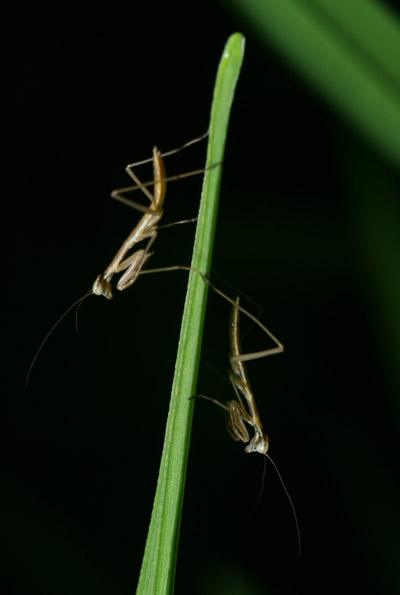 Meanwhile, in some select areas some numbers do hold true; the way molecules bond, for instance, which is responsible for much of the symmetry that we can find now. And in most cases, we find the patterns and geometry that they produce remarkable precisely because they are not the norm; snowflakes are cool, but they seem odd because nature doesn’t generally work that way, and I spot a lot of my photographic subjects because animal patterns are usually symmetrical among a background that’s not. We select some trees or plants as subjects because they’re not lopsided or straggly; we manicure our lawns and lay out our landscaping because nature rarely produces what we find attractive. And that’s fine, because if everything was ‘attractive,’ we’d have to have some other standard for something rare, exceptional, or unique. We like the little surprises, but they need that contrast to even be remarkable.
Meanwhile, in some select areas some numbers do hold true; the way molecules bond, for instance, which is responsible for much of the symmetry that we can find now. And in most cases, we find the patterns and geometry that they produce remarkable precisely because they are not the norm; snowflakes are cool, but they seem odd because nature doesn’t generally work that way, and I spot a lot of my photographic subjects because animal patterns are usually symmetrical among a background that’s not. We select some trees or plants as subjects because they’re not lopsided or straggly; we manicure our lawns and lay out our landscaping because nature rarely produces what we find attractive. And that’s fine, because if everything was ‘attractive,’ we’d have to have some other standard for something rare, exceptional, or unique. We like the little surprises, but they need that contrast to even be remarkable.
And that leads us to another bit that’s missed in all of this, which is how and why nature works this way. The tree is lopsided for a reason, whether it’s the sun angle, or from growing on a slope, or a disease, or what have you; being able to see this for what it is tells us more about our world than selecting some self-vindicating standard of ‘beauty.’ Even when we find some place where the numbers plug in ever so neatly, this tells us absolutely nothing about why, and why it doesn’t occur everywhere, unless we make the attempt to have a greater understanding of how such things work – and the simple recognition that numbers and math are simply ratios, expressed in a human-derived base-10 system, and in too many cases, the ‘really cool’ numbers that we find are caused only by conditions that we created in the first place. Nature isn’t always beautiful, at least by our common standards, but part of my purpose here is to point out how often it’s still fascinating, especially when we see the underlying functions and physics that make it that way.




















































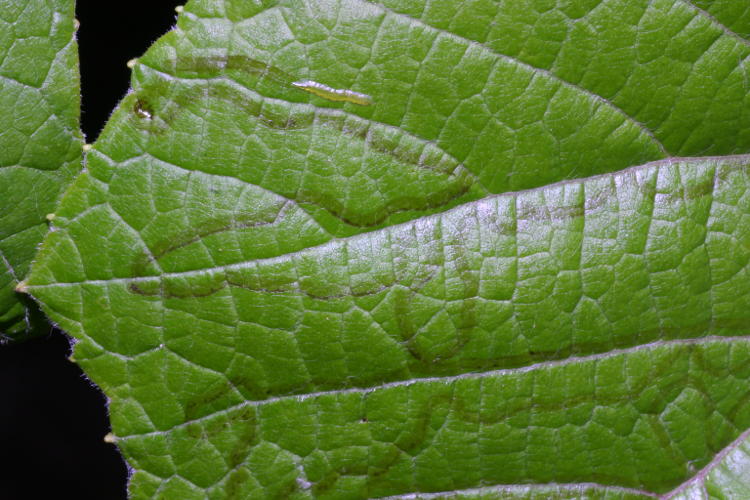
 Okay, one more stupid thing, which is a screenshot of the text file I use as backup when I’m writing posts (having been
Okay, one more stupid thing, which is a screenshot of the text file I use as backup when I’m writing posts (having been 
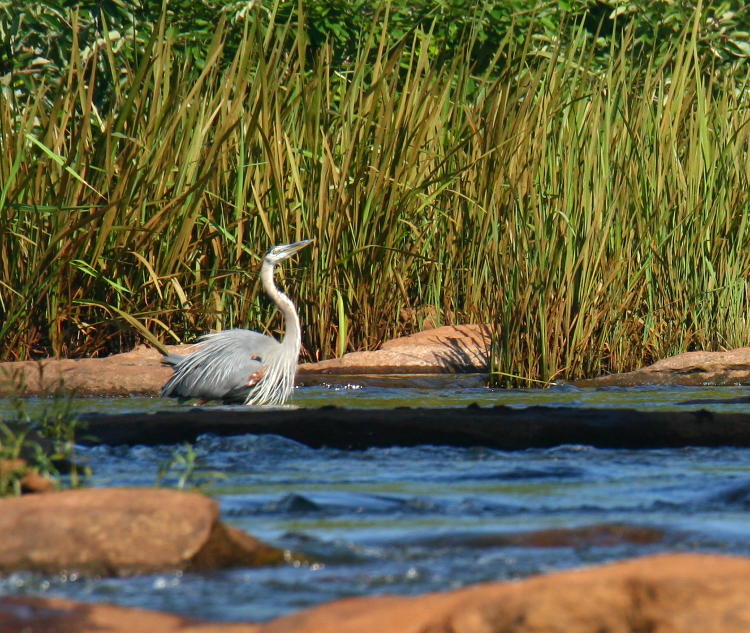
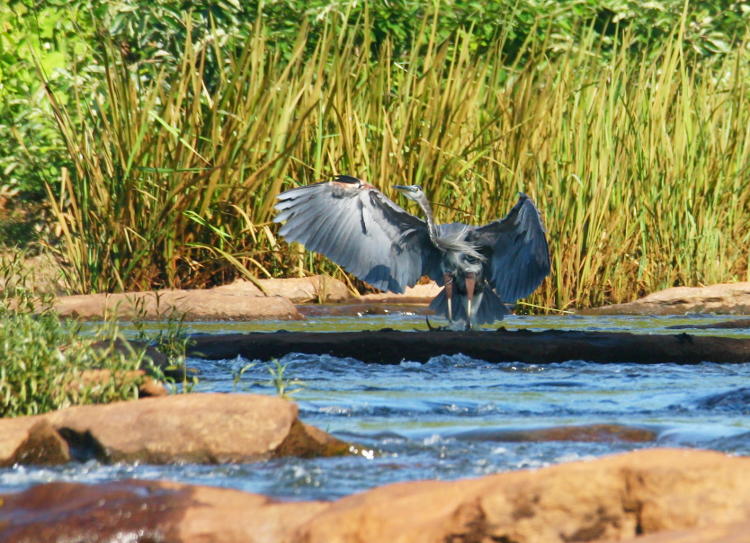

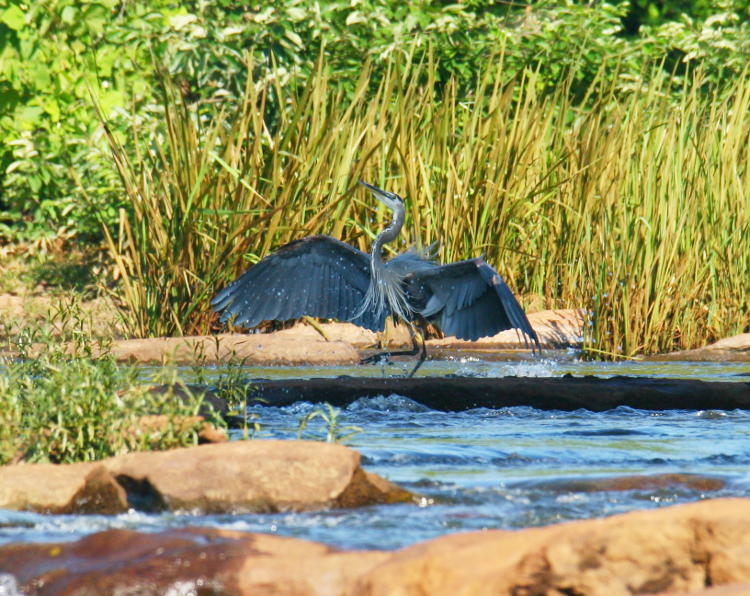
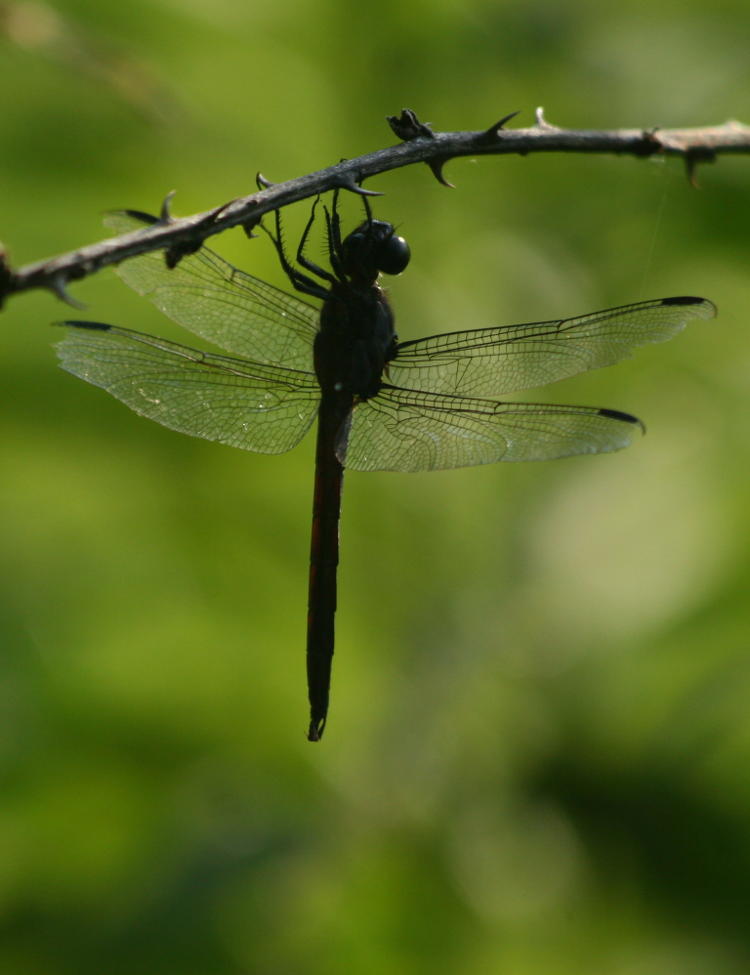
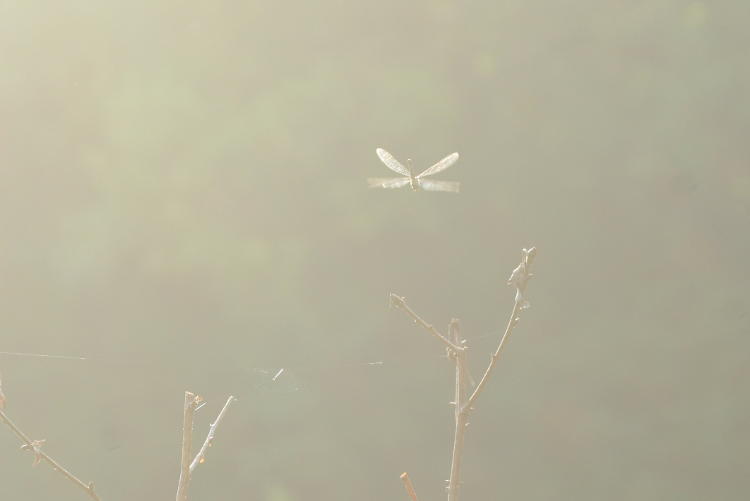


 Meanwhile, in some select areas some numbers do hold true; the way molecules bond, for instance, which is responsible for much of the symmetry that we can find now. And in most cases, we find the patterns and geometry that they produce remarkable precisely because they are not the norm; snowflakes are cool, but they seem odd because nature doesn’t generally work that way, and I spot a lot of my photographic subjects because animal patterns are usually symmetrical among a background that’s not. We select some trees or plants as subjects because they’re not lopsided or straggly; we manicure our lawns and lay out our landscaping because nature rarely produces what we find attractive. And that’s fine, because if everything was ‘attractive,’ we’d have to have some other standard for something rare, exceptional, or unique. We like the little surprises, but they need that contrast to even be remarkable.
Meanwhile, in some select areas some numbers do hold true; the way molecules bond, for instance, which is responsible for much of the symmetry that we can find now. And in most cases, we find the patterns and geometry that they produce remarkable precisely because they are not the norm; snowflakes are cool, but they seem odd because nature doesn’t generally work that way, and I spot a lot of my photographic subjects because animal patterns are usually symmetrical among a background that’s not. We select some trees or plants as subjects because they’re not lopsided or straggly; we manicure our lawns and lay out our landscaping because nature rarely produces what we find attractive. And that’s fine, because if everything was ‘attractive,’ we’d have to have some other standard for something rare, exceptional, or unique. We like the little surprises, but they need that contrast to even be remarkable.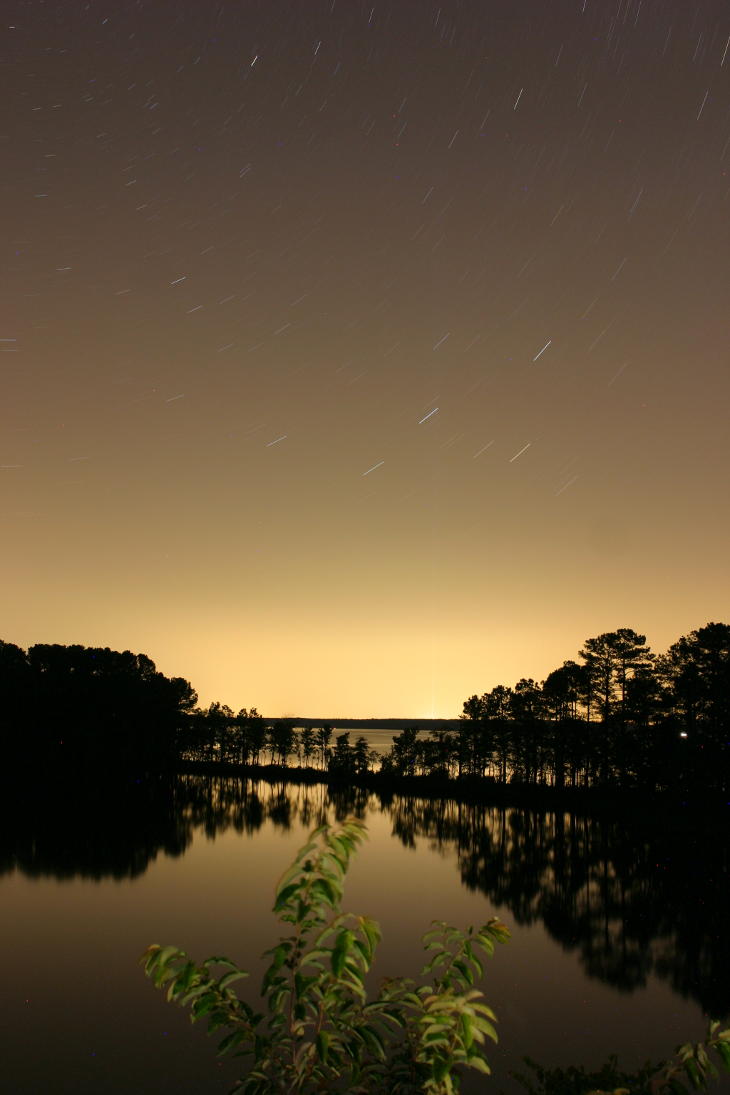
 The main image above comes from just barely over nine years ago, taken July 3rd 2010 out over Jordan lake. I’d had some decent success getting
The main image above comes from just barely over nine years ago, taken July 3rd 2010 out over Jordan lake. I’d had some decent success getting 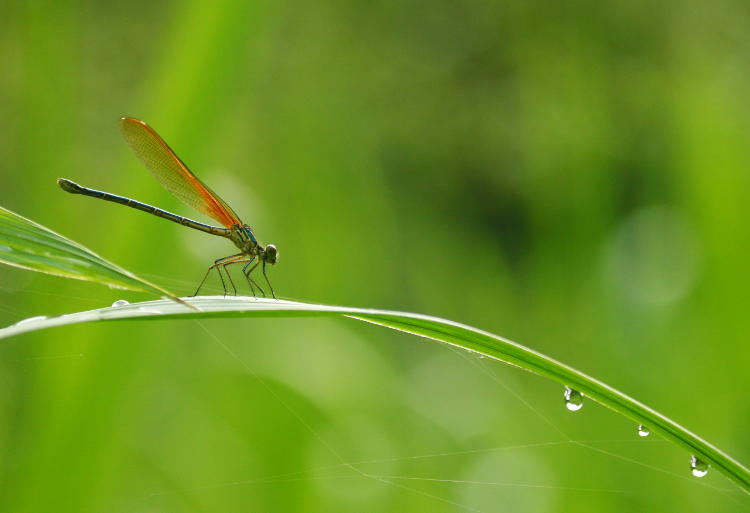
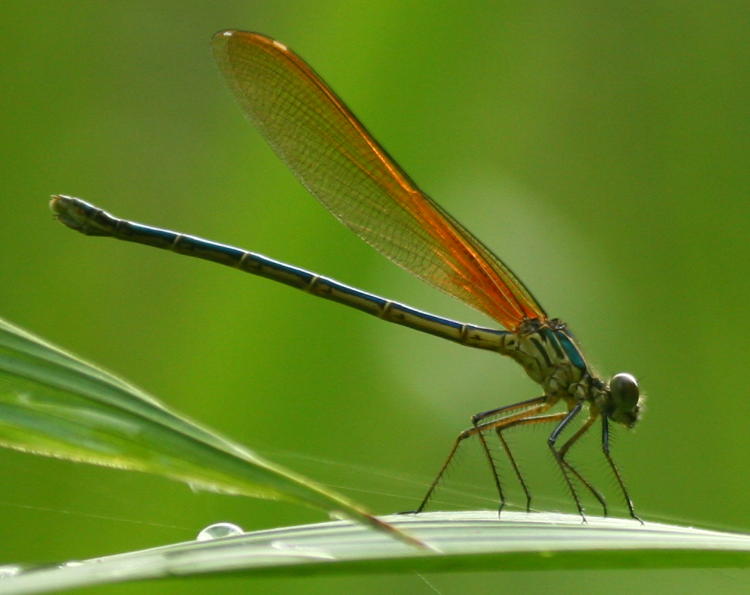



 The first part that I’ll talk about is perhaps the easiest, which is illustration. Just about every photographer ends up tackling such a thing at one time or another; some of us do it routinely. But even product photography requires a certain skill to portray the product in the best manner possible – sometimes this is angle and lighting, sometimes this is the right setting or background, and sometimes this is elaborate staging. When we’re trying to show something in particular, it’s important to give the correct impression to the viewer, and the first step is knowing what this should be in the first place. Following close behind is detaching ourselves from the sense of place that we have, just being there, and recognizing whether or not the viewer can get the same sense (or, even better, an entirely different one that we nonetheless express, falsely as it were.) That might be a bit confusing in the abstract, so let me provide an example. We know, from simply being there, that we’re at the beach, or someplace late at night, or whatever, but the image doesn’t necessarily express this unless we include the necessary details therein. Conversely, many of my macro shots, while done in broad daylight, still look like they were done at night, because the aperture and shutter speed reduce the ambient light so far that it doesn’t expose the image very well, while the flash unit provides the main lighting for the subject, yet fails to reach the background. But even showing someone at their profession or hobby takes having an adequate representation of those within the frame. For an artist, it’s not enough to show them drawing on a canvas; we should have a variety of artistic tools visible as well. If we think of an image illustrating a pilot, we ask, what kind of pilot? Commercial, military, bush, glider? Only the knowledgeable viewer would be able to tell these from a glimpse of controls and gauges, so we need to provide more details to inform all of the viewers of what they need to know. Even the subject’s basic appearance and expression counts for a lot – a portrait of a nurse is likely to require an entirely different expression from a portrait of a judge, to give the impression that we want to give. And of course, knowing how to evoke these from a subject, especially so they look natural and not forced, is a huge skillset all its own.
The first part that I’ll talk about is perhaps the easiest, which is illustration. Just about every photographer ends up tackling such a thing at one time or another; some of us do it routinely. But even product photography requires a certain skill to portray the product in the best manner possible – sometimes this is angle and lighting, sometimes this is the right setting or background, and sometimes this is elaborate staging. When we’re trying to show something in particular, it’s important to give the correct impression to the viewer, and the first step is knowing what this should be in the first place. Following close behind is detaching ourselves from the sense of place that we have, just being there, and recognizing whether or not the viewer can get the same sense (or, even better, an entirely different one that we nonetheless express, falsely as it were.) That might be a bit confusing in the abstract, so let me provide an example. We know, from simply being there, that we’re at the beach, or someplace late at night, or whatever, but the image doesn’t necessarily express this unless we include the necessary details therein. Conversely, many of my macro shots, while done in broad daylight, still look like they were done at night, because the aperture and shutter speed reduce the ambient light so far that it doesn’t expose the image very well, while the flash unit provides the main lighting for the subject, yet fails to reach the background. But even showing someone at their profession or hobby takes having an adequate representation of those within the frame. For an artist, it’s not enough to show them drawing on a canvas; we should have a variety of artistic tools visible as well. If we think of an image illustrating a pilot, we ask, what kind of pilot? Commercial, military, bush, glider? Only the knowledgeable viewer would be able to tell these from a glimpse of controls and gauges, so we need to provide more details to inform all of the viewers of what they need to know. Even the subject’s basic appearance and expression counts for a lot – a portrait of a nurse is likely to require an entirely different expression from a portrait of a judge, to give the impression that we want to give. And of course, knowing how to evoke these from a subject, especially so they look natural and not forced, is a huge skillset all its own.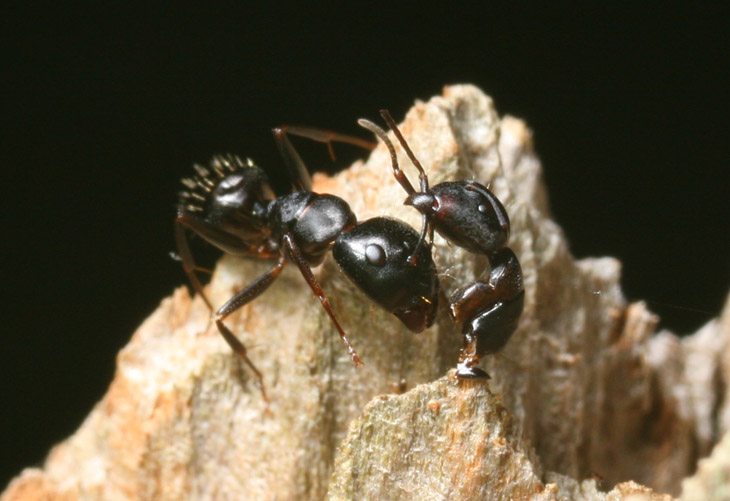
 Much harder is the genre of photojournalism, which is what most people think of when we talk about an image with a story. In most cases, we have no ability to stage any portion of the shot, or even mess with lighting, so we have to take it as it is and still get the message across. This means framing and timing become the most important aspects to control, sometimes the only things we have control over. Many times, it means anticipating some particular aspect – action or expression, mostly – and firing off the shutter the moment it happens. An acute awareness of everything in the photo is often necessary. I often tell my students about my wedding photography days, when I was after the ‘first dance’ of the newlyweds. There is actually a very narrow timeframe when the elements tend to come together, because if the guests are in the shot, you want them all looking at the happy couple with delight or warm expressions – one guest looking away, or bored, or eating, is going to spoil the mood of the shot, and this becomes more likely as the seconds pass. Meanwhile, try to find a shooting angle which shows both faces of a couple that are facing one another. And a decent background. And good lighting. These are the kind of things that beginning wedding photographers rarely realize are the skills they never thought to develop. Which is why I say that you save money on a photographer at your own risk.
Much harder is the genre of photojournalism, which is what most people think of when we talk about an image with a story. In most cases, we have no ability to stage any portion of the shot, or even mess with lighting, so we have to take it as it is and still get the message across. This means framing and timing become the most important aspects to control, sometimes the only things we have control over. Many times, it means anticipating some particular aspect – action or expression, mostly – and firing off the shutter the moment it happens. An acute awareness of everything in the photo is often necessary. I often tell my students about my wedding photography days, when I was after the ‘first dance’ of the newlyweds. There is actually a very narrow timeframe when the elements tend to come together, because if the guests are in the shot, you want them all looking at the happy couple with delight or warm expressions – one guest looking away, or bored, or eating, is going to spoil the mood of the shot, and this becomes more likely as the seconds pass. Meanwhile, try to find a shooting angle which shows both faces of a couple that are facing one another. And a decent background. And good lighting. These are the kind of things that beginning wedding photographers rarely realize are the skills they never thought to develop. Which is why I say that you save money on a photographer at your own risk. We read the expressions of any given animate subject (and some inanimate ones,) and nearly every photo can benefit from having something more expressive, more emotional, than simply a straightforward shot. Sometimes it’s simply a matter of observation, and finding the right angle, but most often it takes timing and anticipation. It’s easier with people of course, because they express the emotions that we’re familiar with and we often know when they’re due to arrive. With animals it’s usually very different – most times it doesn’t occur unless the animal is relaxed and acting normally, which is much trickier for wildlife, but can even be a chore when the family pet knows we’re up to something. But for most species, they don’t actually express the emotions we recognize, and when we get something that appears expressive, this is more often than not simply a mistaken impression – which still works just fine, we just can’t anticipate or even provoke it.
We read the expressions of any given animate subject (and some inanimate ones,) and nearly every photo can benefit from having something more expressive, more emotional, than simply a straightforward shot. Sometimes it’s simply a matter of observation, and finding the right angle, but most often it takes timing and anticipation. It’s easier with people of course, because they express the emotions that we’re familiar with and we often know when they’re due to arrive. With animals it’s usually very different – most times it doesn’t occur unless the animal is relaxed and acting normally, which is much trickier for wildlife, but can even be a chore when the family pet knows we’re up to something. But for most species, they don’t actually express the emotions we recognize, and when we get something that appears expressive, this is more often than not simply a mistaken impression – which still works just fine, we just can’t anticipate or even provoke it.